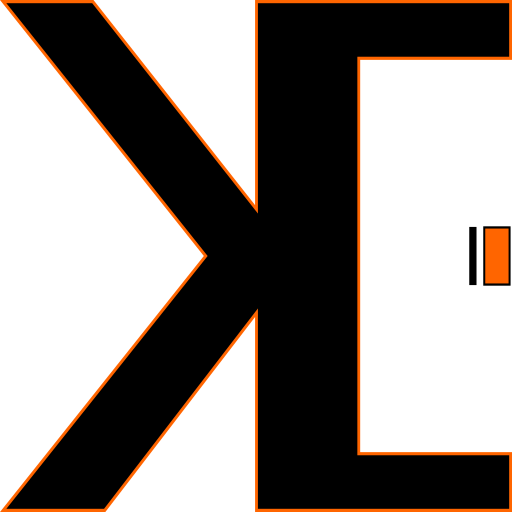Maximize Profits by Effectively Tracking Billable and Non-Billable Hours
Every business, freelancer, and contractor has their reasons for tracking billable hours. All can agree that it’s an efficient way to account for and get paid for client work. If you’re not recording your billable hours, you could be missing out on valuable revenue opportunities.
Understanding Non-Billable Hours
On the flip side are non-billable hours—activities essential for business sustainability, like finding new clients, market research, and employee recruitment. These tasks, while not directly billable, are crucial for overall success. Without optimizing these hours, they can become costly business expenses.
The Importance of Tracking Non-Billable Hours
Tracking non-billable hours is vital. It ensures the effectiveness and efficiency of your operations. Even though these hours are not directly charged to clients, they support billable work and overall business health.
Billable vs. Non-Billable Hours
Billable hours refer to time spent working on a client’s project or providing chargeable services. Increasing billable hours directly correlates with increased revenue. However, tracking non-billable hours is equally important to ensure accurate financial data and project profitability.
Finding a Balance
Balancing billable and non-billable hours is crucial. Non-billable tasks are necessary, but they should not exceed billable time. Strategies for reducing non-billable hours include:
- Tracking all worked hours for accurate time management.
- Ensuring team-wide time tracking to prevent overlooked hours.
- Automating repetitive tasks to streamline processes.
- Using time tracking tools like Traqq to manage invoicing and timesheets efficiently.
Enhancing Efficiency and Profitability
Identifying periods of low activity and downtime is critical for ensuring accurate billable hours. Hiring an assistant for administrative tasks can also increase productivity, allowing more focus on billable work and thus boosting revenues.
Tracking as a Tool for Growth
Tracking both billable and non-billable hours provides a clearer picture of a project’s worth and helps in setting appropriate rates. It also aids in optimizing team performance and addressing any imbalances in workload distribution.
Conclusion
Tracking non-billable hours is not just about recording time; it’s a strategic approach to maximizing profitability and efficiency. By understanding and managing these hours, businesses can enhance their operations and achieve greater success.





